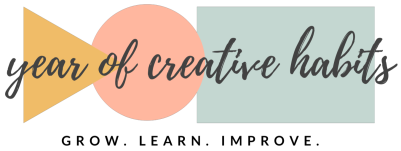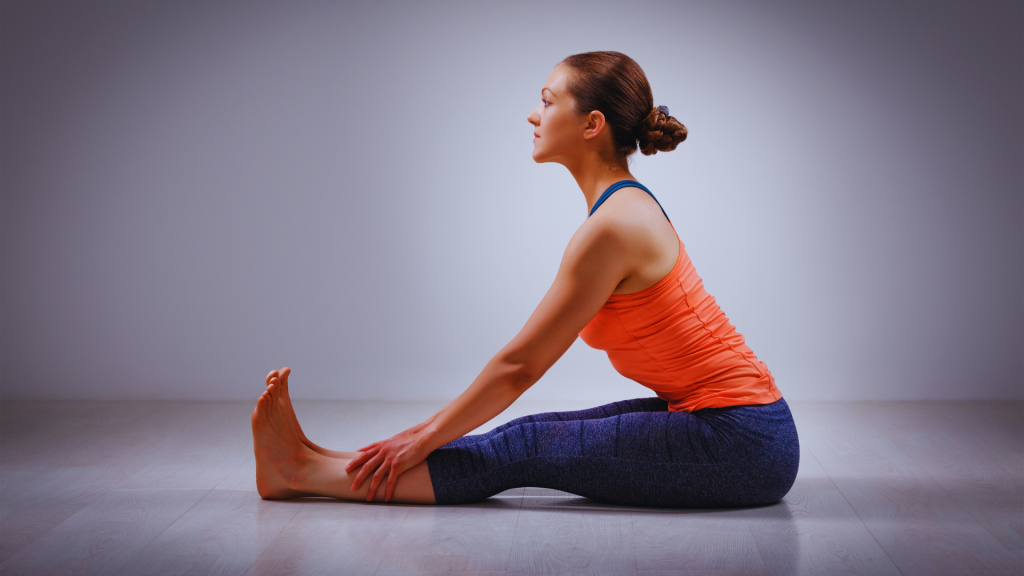Many people seek simple ways to incorporate yoga into their daily routine, especially those new to the practice. Easy yoga positions provide a perfect entry point for beginners, allowing them to experience the benefits of mindfulness and flexibility without feeling overwhelmed.
Basic yoga poses such as Child’s Pose, Cat-Cow, and Downward-Facing Dog can be easily integrated into any lifestyle. These easy yoga poses for beginners are not only accessible but also serve to enhance physical and mental well-being.
Creating a consistent yoga practice doesn’t require complicated routines or extensive experience. By focusing on these easy positions, anyone can start their journey towards improved health and balance.
Understanding Yoga Fundamentals
Yoga is a discipline that integrates physical movement, breath control, and meditation. The practice emphasises flexibility, strength, and balance while promoting overall wellness and alignment.
The Essence of Yoga
At its core, yoga involves a series of postures (asanas) designed to improve physical and mental health. Each posture requires proper alignment and focus on breath, which cultivates inner awareness.
Practising yoga can lead to enhanced flexibility and strength. As practitioners engage in various poses, they challenge their bodies, leading to improved muscle tone and joint mobility.
Moreover, yoga encourages mindfulness. By focusing on the present moment during practice, individuals can relieve stress and connect with their body and mind. This holistic approach is vital for overall well-being. Plus, you can pair your regular yoga sessions with weekly massages (just search “Massage spa near me in Port St. Lucie, FL” online) as it can help keep the body relaxed and flexible during these sessions.
Benefits of Yoga for the Body and Mind
Incorporating yoga into one’s routine can yield multiple benefits for both body and mind. For the body, regular practice enhances flexibility, allowing for a greater range of motion in daily activities.
Additionally, building strength is crucial. Many yoga poses engage multiple muscle groups, providing a workout that supports physical fitness.
For the mind, yoga serves as a form of meditation, promoting mental clarity and emotional balance. Breath control (pranayama) is an essential aspect, helping regulate stress levels and foster relaxation.
Practising yoga consistently can enhance posture. Improved alignment contributes to better overall physical health and diminishes the risk of injuries. It is a comprehensive approach that nurtures both body and mind effectively.
Core Yoga Poses for Beginners
Core yoga poses establish a foundation for balance, strength, and flexibility. Beginners can benefit greatly from focusing on specific poses that enhance core stability and promote proper alignment.
Standing and Balancing Poses
Standing poses are vital for developing strength and balance. Tadasana or Mountain Pose serves as a fundamental starting point. It encourages grounding through the feet and alignment of the spine.
Tree Pose (Vrksasana) is an excellent balancing posture. It strengthens the legs and improves focus. Practitioners should stand on one leg while placing the other foot on the inner thigh or calf, avoiding the knee.
Chair Pose (Utkatasana) engages the core and legs. This pose mimics sitting back in a chair, which strengthens the quadriceps and stabilises the body. Another powerful addition is Warrior Pose (Virabhadrasana), which builds endurance and strengthens the arms and legs while also enhancing concentration.
Seated and Twisting Poses
Seated poses facilitate flexibility and calmness. Sukhasana, or Easy Seat, promotes relaxation and opens the hips. It is often used for meditation and grounding.
Seated Forward Bend (Paschimottanasana) stretches the spine and hamstrings. Beginners may find a slight bend in the knees helpful for maintaining length in the spine.
Twisting poses such as the Cat Pose (Bitilasana) combined with the Cow Pose offer spinal mobility. They promote healthy spinal movement and can alleviate tension. Integrating these postures improves digestion and revitalises the mind and body.
Backbends and Supine Poses
Backbends foster spinal extension and strength. The Locust Pose engages back muscles and stretches the front body. Lifting the chest off the ground strengthens the back while promoting flexibility.
Incorporating gentle backbends like Cobra Pose enhances spinal health. Practitioners should keep the shoulders relaxed and lift through the chest, which opens the heart area.
Corpse Pose (Savasana) is essential for relaxation. It allows integration of the practice and calming of the mind. Positioning the body flat on the ground encourages complete release and restoration after an active session.
Breathing and Relaxation Techniques
Breathing and relaxation are essential components of a successful yoga practice. Techniques such as pranayama enhance breath control while finding stillness in savasana promotes deep relaxation and mental clarity.
Pranayama: Yogic Breath
Pranayama, meaning “control of breath,” involves various techniques to harness and regulate breath. These methods enhance physical and mental well-being through focused breathing exercises.
Some common types of pranayama include:
- Nadi Shodhana: Alternate nostril breathing that balances energy and calms the mind.
- Ujjayi: Victorious breath, which creates internal heat and enhances concentration.
- Bhramari: Bee breath, which reduces anxiety and promotes relaxation through humming.
Practising pranayama encourages individuals to connect with their breath, facilitating a deeper state of meditation. This focus helps improve coordination between mind and body, leading to enhanced physical performance in asanas.
Finding Stillness in Savasana
Savasana, or corpse pose, offers a crucial opportunity for relaxation at the end of a yoga session. This pose encourages complete surrender and allows for the assimilation of the benefits gained from the preceding practice.
To enhance relaxation in savasana, individuals can follow these steps:
- Lie down comfortably: Ensure the body is fully supported, with arms at the sides and feet apart.
- Focus on the breath: Bring attention to the natural rhythm of the breath, noticing its quality and depth.
- Release tension: Systematically relax each body part, from toes to head, promoting a sense of heaviness and stillness.
Practising savasana fosters mental clarity and relaxation, encouraging a state of peaceful awareness. This stillness can improve concentration, reduce stress, and promote overall well-being.
Incorporating Yoga into Daily Life
Integrating yoga into daily life can enhance both physical and mental well-being. By establishing a personal routine and utilising effective tips, individuals can make yoga a meaningful part of their everyday activities.
Creating a Personal Yoga Routine
A personal yoga routine allows individuals to tailor their practice to meet specific needs. To begin, they may choose a time of day that suits their schedule, whether in the morning for energy or in the evening for relaxation.
Selecting a few key Asana practices is also crucial. Vinyasa sequences, for example, can provide a dynamic flow, combining breath with movement. He or she might include poses like downward dog, warrior, and child’s pose.
It is useful to set short, achievable goals, such as practising for 10–15 minutes daily. Consistency reinforces concentration and encourages a sense of accomplishment. As individuals progress, they may expand their routine, incorporating different yoga exercises or even attending a yoga class for variety.
Tips for Developing Regular Practice
Establishing a regular yoga practice can be challenging but rewarding. First, creating a dedicated space for yoga helps cultivate the right mindset. A quiet, uncluttered area with a yoga mat can enhance focus during asana practice.
Incorporating reminders or scheduling yoga sessions into the daily routine may aid consistency. Setting alarms or using calendar apps can help with this.
Joining a community or partnering with a friend can also provide motivation. Engaging in yoga classes allows individuals to learn new poses and techniques, while support from others can make practice more enjoyable. Emphasising flexibility and patience is key; progress comes with time and practice.

